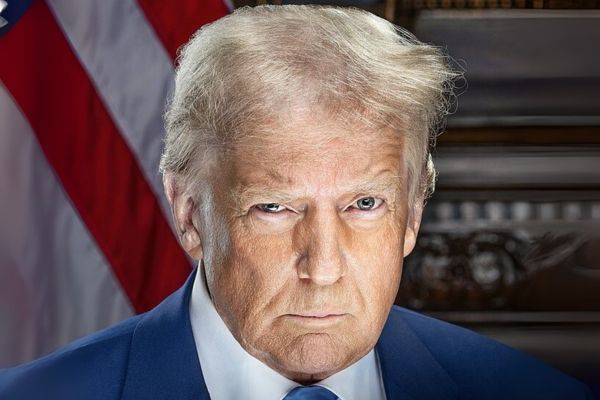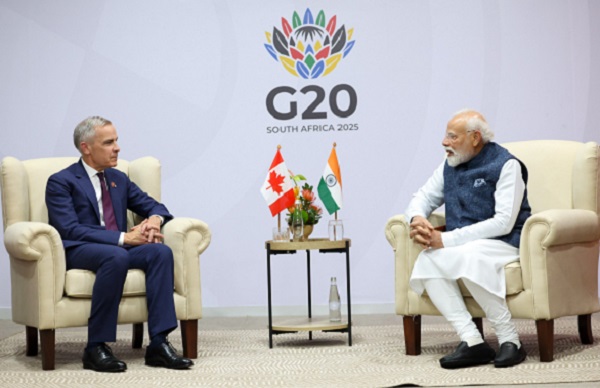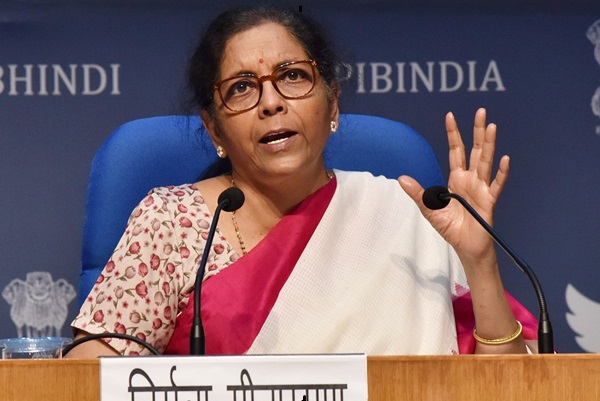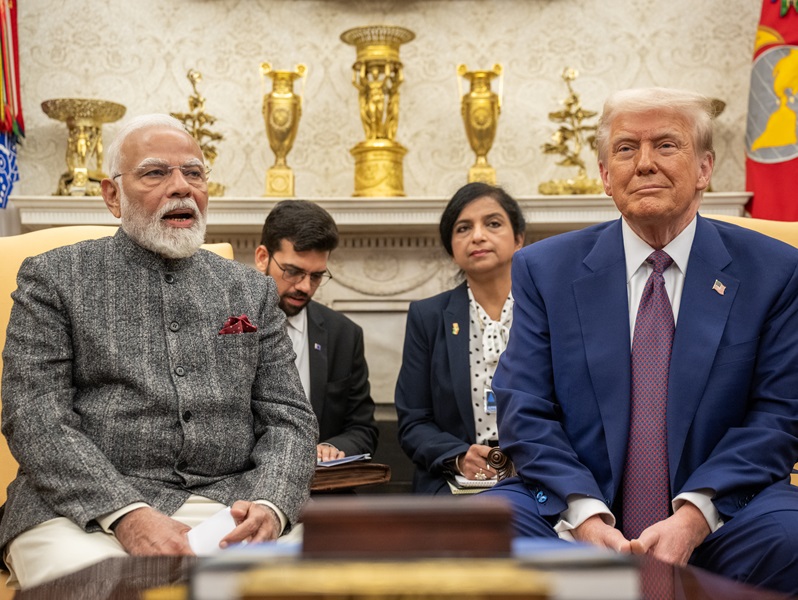.png)

Michael Patra is an economist, a career central banker, and a former RBI Deputy Governor who led monetary policy and helped shape India’s inflation targeting framework.
September 1, 2025 at 5:35 AM IST
A rare resilience is being reflected in the world’s reflexes to the Trump administration’s tariffs. Scarred by the COVID-19 pandemic and the global inflation surge of 2021-2023, households, businesses, and governments have learned to hedge against uncertainty in the short term, awaiting clarity about the endgame and the road less travelled that lies ahead.
Households are maintaining their spending, emboldened in part by the abatement of inflation and hence a staunching of the erosion of their net worth. Eventually, when the tariffs bite, some of them may not be able to afford some of the imported items that form part of their consumption baskets, but those effects have not been seen as yet. Discerning, far-sighted consumers will look for substitutes that emanate from localised production. This might turn out to be a boost for domestic manufacturing and investment, steadying aggregate demand.
Businesses are benefiting from the realignment of supply chains that occurred during the pandemic and in its aftermath. At that time, they absorbed the compression in margins, but that is paying off now. The global purchasing managers index saw a modest rebound into expansion in June on the back of firming output and new business. Elevated profits of past quarters may be helping to bear the increased costs imposed by tariffs. Oxford Economics, a leading global economic advisory firm, reports that several businesses are investing in inventorying imported intermediates and finished goods before the tariffs take their toll. Evidently, these behavioural traits contributed to a decline in US GDP in the first quarter of 2025. Businesses with markets overseas will increasingly rely on localised production, taking a cue from consumer behaviour.
Governments are broadly maintaining their spending, helping to support consumer and business confidence. In some parts of the world, enhanced expenditure on defence is propping up public spending. The irony is that this global economic shrug may excite the Trump administration to press for even higher tariffs!
Global financial markets have shrugged robustly, tending to run ahead of real economic activity. A surge of optimism set off by the spate of new trade agreements has taken equity markets across the world to new highs, especially auto stocks. Even the US dollar broke out of its slump and edged higher. Sovereign bond markets flashed warning signs, though, perhaps signalling that the optimism may be short-lived. Although oil prices nudged up, the benchmark indices are down year-to-date.
All in all, the uncertainty unleashed by the tariffs is weighing less on economic activity than previously thought — as the writer and columnist Ruchir Sharma points out, it was estimated that every percentage point increase in the tariff rate would shave off 0.1% of US growth. Instead, growth in the US rebounded to 3% in the second quarter of 2025, even with the effective US tariff rate having risen from 2.5% to 15%. China, too, expanded solidly. Even in anaemic Europe and Japan, green shoots of growth showed up in the second quarter. Economists, including those at the International Monetary Fund, are mystified as to why the stagflationary effects of tariffs have not yet been seen. Could there be other forces at work, such as the frontloading of imports, the weakening of the US dollar, spending by tech companies as they — big and small — scramble to ride the artificial intelligence wave, and fiscal spending?
This welling tide of relief is lifting forecasts from pessimistic earlier rounds. In its July World Economic Outlook update, the IMF cautiously revised upwards its forecast of global growth to 3.0% this year and 3.1% in 2026, up from 2.8% and 3.0%, respectively. Typical of the IMF, these revisions were issued with the warning: “Risks to the outlook are tilted to the downside,” with the upgraded forecasts being still lower than the outcome for 2024. Barring advanced economies outside the G7 and emerging Europe, the upward revisions are reasonably broad-based, including for — believe it or not — India, although by the same cautionary sliver. Going by real GDP growth for the first quarter of 2025-26 (7.8%), India appears poised to overtake the IMF’s revised forecast for the full year.
Not Just Front-Loading
The WTO Goods Trade Barometer, a composite leading/coincident of global merchandise trade, rose sharply in the second quarter, primarily driven by importers stockpiling before the US tariffs hit. The forward-looking new export orders index fell, however, pointing along with stocked inventories to weaker trade growth later in the year. The services trade barometer has slowed, reflecting the increased economic uncertainty.
There may be other factors moving subterraneously, however, which suggest that it is more than front-loading. Treasury Secretary Scott Bessent has indicated that the US and China are close to a trade agreement: "I believe that we have the makings of a deal." Chinese customs data show a rising diversification to Asia, Europe and Africa. Strong export growth to Vietnam, Thailand and Mexico is widely believed to reflect rerouting through these countries onwards to the US. In fact, when tariffs actually take hold in full intensity, many tariff-hit countries may take the rerouting path, especially through jurisdictions where trade agreements have been struck, like in the case of financial sanctions. It may be trade, not Trump, that has the last laugh.
In these times of dizzying uncertainty, models of global growth and trade have all broken down. The only variable that is watched and analysed is Trump. In this sense, he can be likened to Atlas in Greek mythology, who was punished by Zeus to eternally bear the burden of holding up the heavens on his shoulders, the heavens portrayed as a celestial globe. The writer and philosopher Ayn Rand has used this metaphor to describe a situation in which the most productive and innovative individuals in society withdraw their contributions, effectively bringing the world to a standstill – Atlas Shrugged
What if the globe that Atlas bears shrugged?




